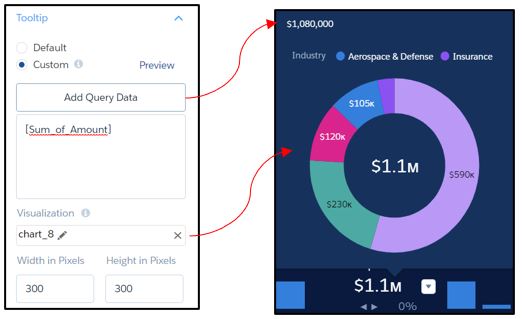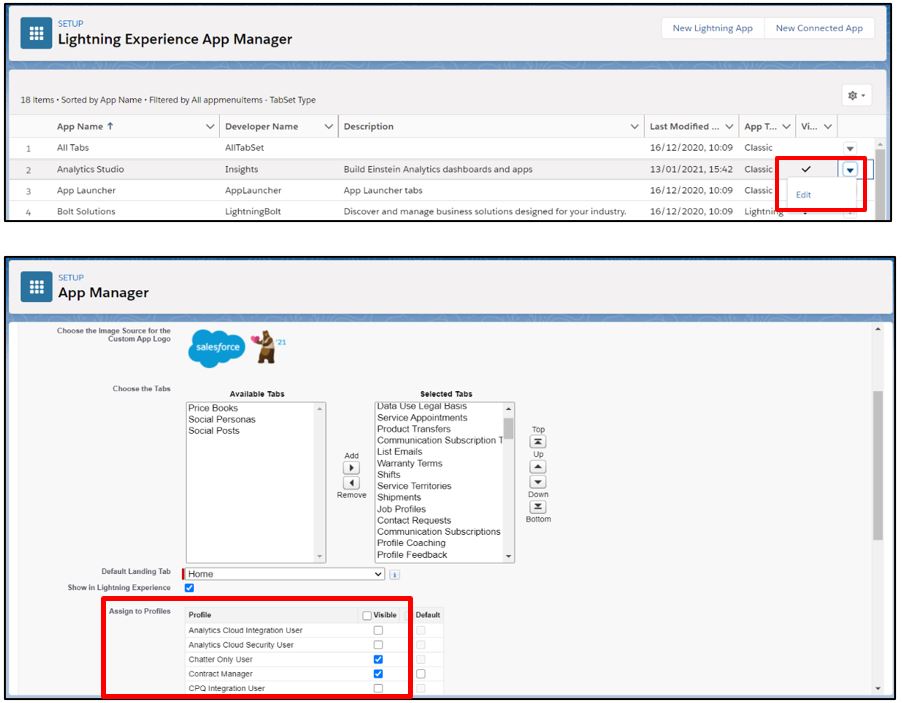It is that time of year again where we are treated to a host of new features from the Salesforce release cycle and as usual, we rushed over to get our hands on those release notes to showcase the highlights!
But this blog is unlike any other as we have recently launched our Analytics Practice and we cannot wait for you to see some changes that will be coming to Tableau CRM.
If you would prefer to sit back and watch our video on this, here you go...
In this new release we have an exciting update to Data Prep and Recipes. We have seen a lot of changes in Data Prep recently and in this new release we now have the ability to append rows from disjointed data sources. As you may know, the append transformation is used to add rows (or records) to your original source data which allows you to enrich the resulting dataset to give you greater ability to have richer insights into your data. However, you can sometimes find that rows from different sources may have columns that exist in one source but not the other.
You can now go into the Append node in Data Prep and append columns from the right source that don’t exist in the left by mapping them across. If the column does not exist on the left source you can leave the left column blank.

There are a couple of updates to Dashboard functionality, one of which is the ability to add custom text and visualisations in number widget tooltips. This will allow you to see additional information associated with key business metrics whilst keeping your Dashboards free of clutter. Once set up this will allow your end users to hover over a number widget and see dynamic text and visualisations in the details of the tooltip.

One of several new updates to Salesforce Analytics Query Language (SAQL) is random sampling. This comes in handy when you do not want to run a query on your entire dataset but you need a representative sample from your dataset. To do this we have a new keyword which is sample.

You would include the sample keyword at the end of the load statement in your query and any other operation following the load statement would only impact the random sample of data. The sample syntax requires the percentage size of the dataset and an optional repeatable keyword. Sample uses the Bernoulli algorithm where each row has an equal probability of being selected, meaning that the number of rows returned in a sample can vary each time you run the query because each row is individually considered. The repeatable keyword ensures that you always get the same results every time you run the query.
We have saved our favourite new feature for last which is the ability to make Analytics Studio invisible to Analytics tab users on a profile-by-profile basis. This gives you even greater control on who can create, edit, and delete Analytics assets.

When you do this, Analytics tab users will not be able to find Analytics Studio in the App Launcher or see the “Open in Analytics Studio” button in asset menus and Dashboard headers. This change applies to the Analytics Tab only, this does not impact embedded Dashboards in Lightning pages as this will still be controlled by the component’s attributes. It is important to note that if you share using an Analytics Studio URL it will still open in Analytics Studio but if you share notifications through the Analytics tab or in embedded Dashboards the notification will navigate your user to the Analytics tab.
In the meantime, sign up to our monthly newsletter for hints, tips, updates, and news on all things Salesforce.